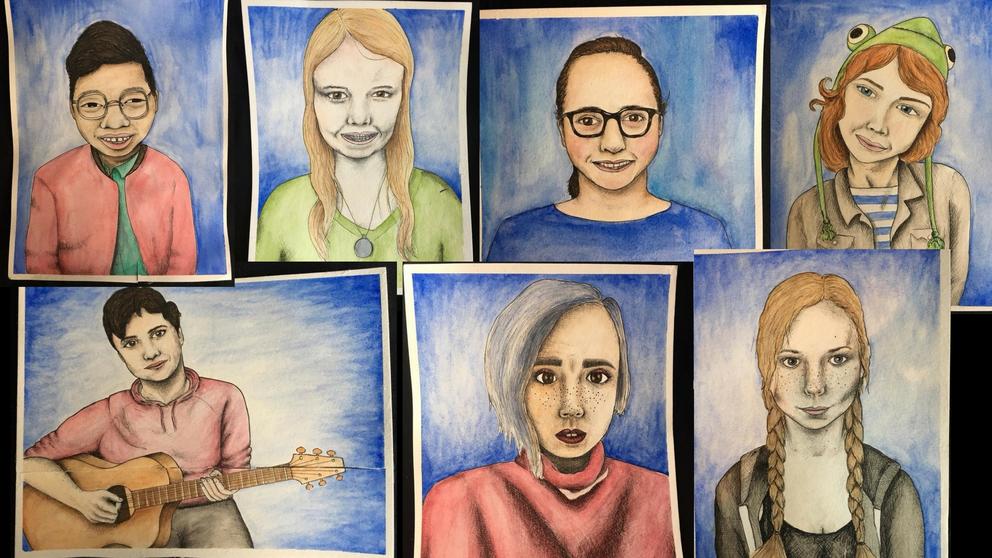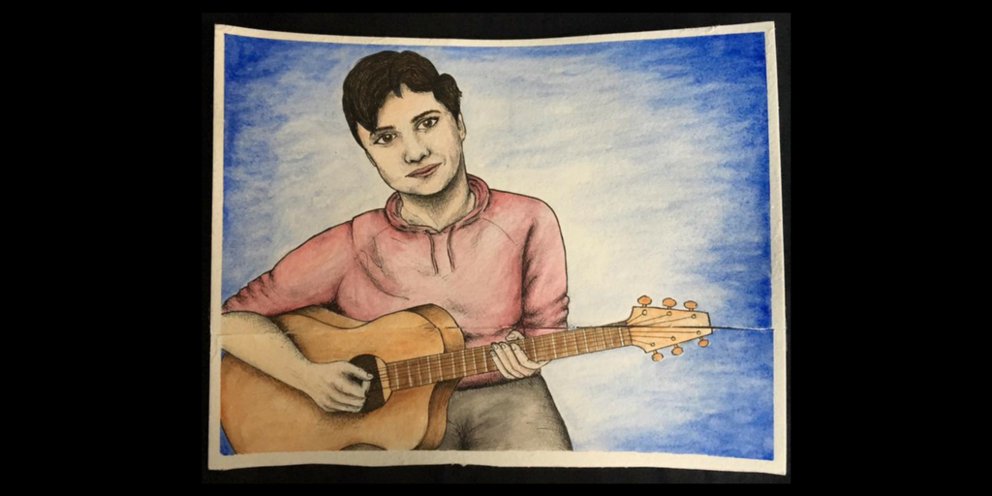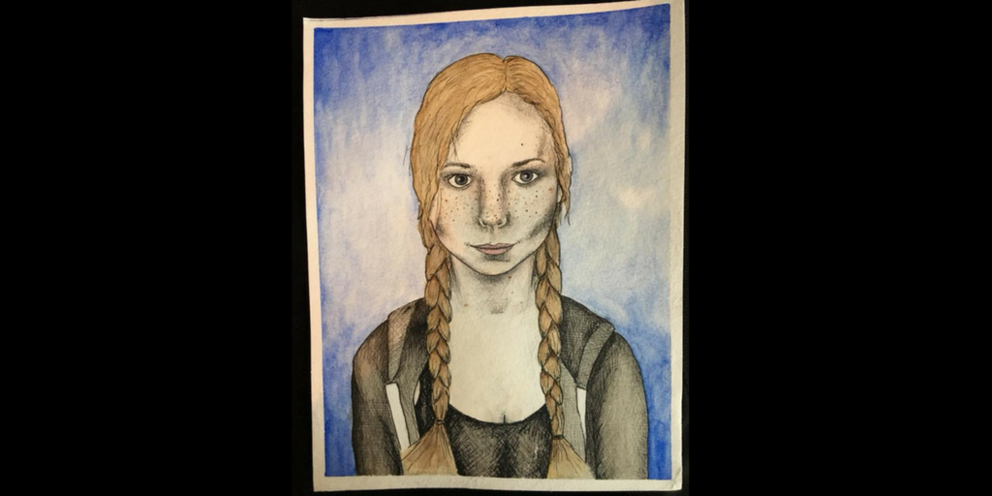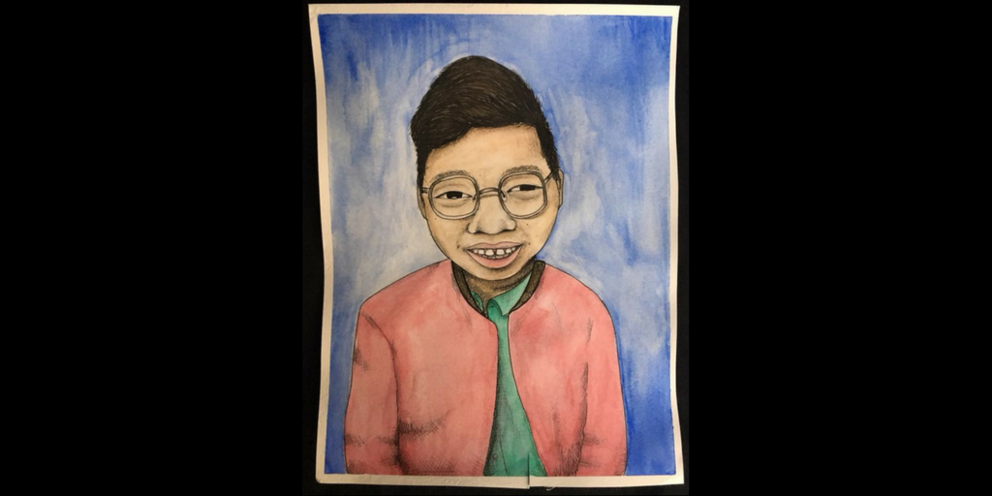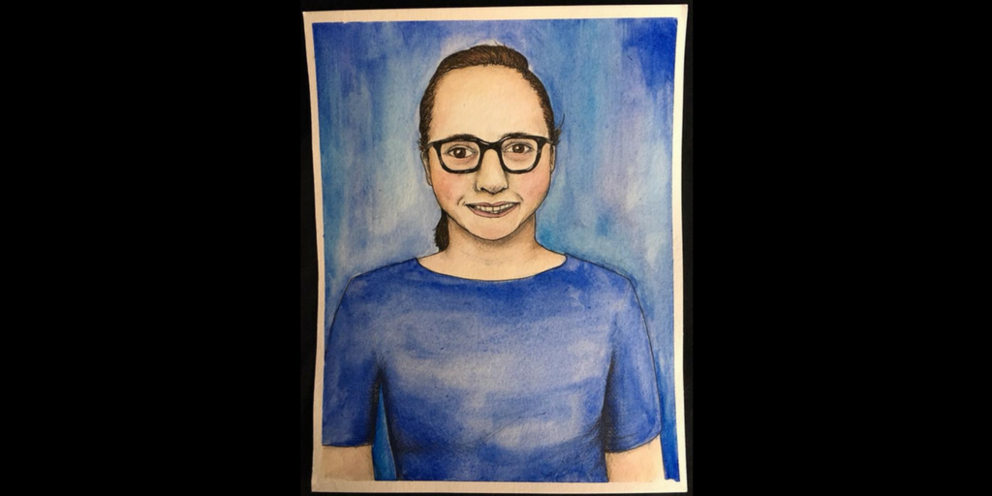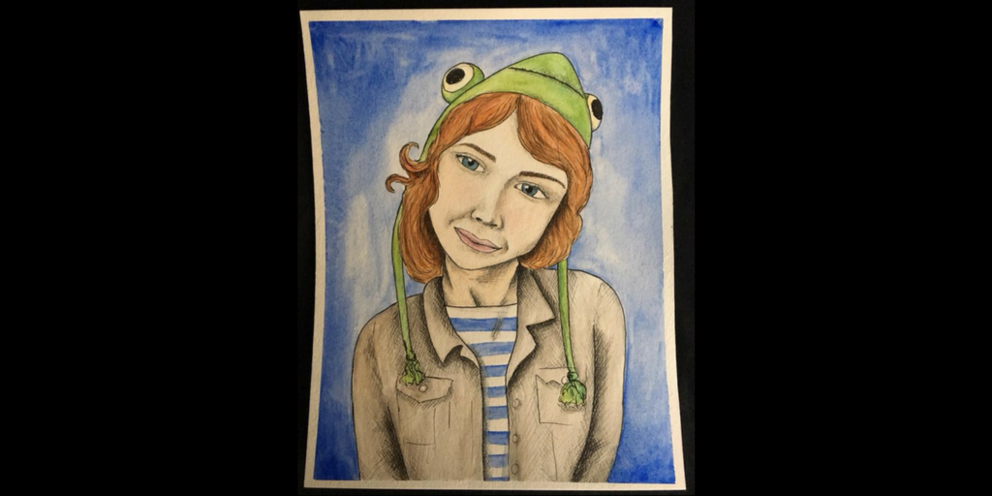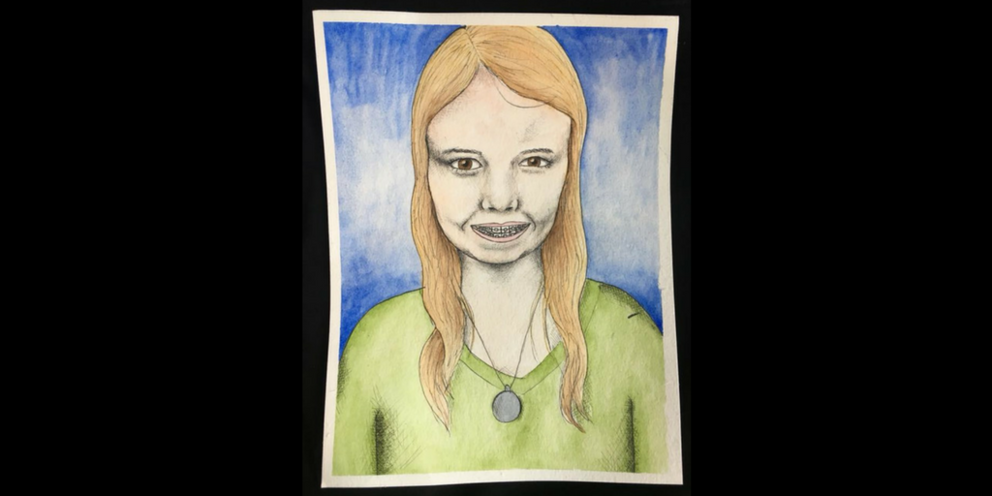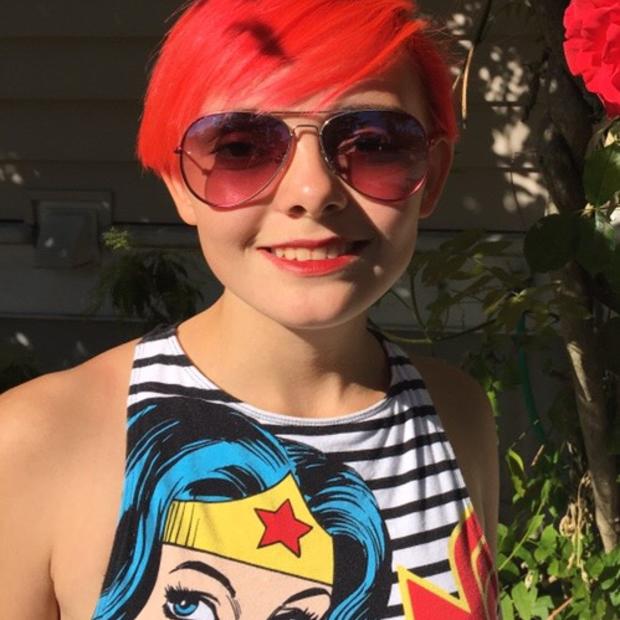I love art and because my school champions itself as an arts-focused and arts-integrated school, I know that many of my peers do as well. This made the planned cuts incredibly scary for all of us. To combat this, me and a few friends got together, formed a club and started trying to make change. We went to school board and PTA meetings, made signs and gave testimonies.
Eventually we were able to rest easy knowing we would have an art teacher the next year, but towards the end of my junior year we faced the same problem yet again. Budget cuts threatened our art and science departments, but this time we knew what we had to do, so we worked hard to secure art classes for the next year. After these experiences in Washington’s education system, I found myself still curious about the funding constraints.
Education funding in Washington comes from three separate places: federal money, local levies and the state. These sources of funding should, in theory, be able to fund education not just up to standard — but above it.
In 2012, the state supreme court ruled that Washington state wasn’t adequately funding K-12 education. While the Legislature has taken steps to comply with the ruling, it doesn’t erase the years students have spent in schools without adequate funding.
Not to mention that because so many education budget decisions happen at the state legislative level, important voices are left out of the conversation. I've made room for myself in education discussions by being very vocal and forward about my opinions.
I have been able to go to Olympia and talk directly to my legislators, but I realize that most students do not have the time or resources to do so. The discussions that have been taking place need more student voices. Discussions about our futures should not happen without us in the room. Instead, politicians should actively make space for us in the conversations.
When I asked a classroom full of my friends and peers if anyone had experienced underfunding in school nearly every hand went up. Most students had a story or moment that they wanted to share about how the system was disserving them. I focused my senior project, "Better than Basic Education," on these experiences.
Below are their stories, in their own words, about what it’s like to be a student in underfunded schools and programs.
David, 18
"I went to an elementary school that served a lot of low-income families. It was pretty much four rooms, one of which was a gym that constantly had a leaky roof. We didn't have enough equipment for all the students and often times we had to rely heavily on parents to volunteer and donate money or organize fundraisers. Teachers often had to print off assignments at home because the printers at school would break a lot. Growing up in that kind of environment where you are low income and everyone else around you is low income, you don't realize the disparity until you attend other schools. I could really tell the differences from students in richer neighborhoods that have more access to the opportunities I didn't have.
We had one music teacher who volunteered, but two weeks into the class he had a diabetic attack. At the time, I had just started trumpet and I took to it pretty much immediately. Since that teacher was gone, I reached out to family who played instruments to teach me lessons, and I ended up focusing more on guitar instead. I was kind of stuck playing the guitar because there was no real access for me to learn any other instruments. I always wished for better musical education in school, but I didn’t have access.”
Isabelle, 18
“I didn't really experience underfunding until I came to [The] Center School, so I think I have a unique experience, since I see the contrast more sharply. I'm sure to people who have been in the public school system the whole time it seems normal, but it was clear to me that something was different, like ‘Wow, OK we have three markers that work for a classroom so pass 'em around I guess,’ or the printers constantly being out of ink. Then there are the bigger things, like being scared that you're not going to have a full schedule, or scared you have to choose between the school you care about and your academic future, college and all these goals that you have.
I remember being scared that Mr. S. was going to have to leave — either him or Mr. G, and they're both amazing teachers. But [the school] couldn't afford vital teachers like our senior humanities teacher. The other option was a cut [to] the science department, which would take away a core class for every grade, so instead they said, ‘oh, we can't lose humanities and we can't lose science so we’ll just decimate the art department for the 18 millionth time,’ and meanwhile all the arts kids just go and cry in the corner. They can't express themselves."
Yosa, 18
“I’ve gone to The Center School, a severely underfunded school, for my entire high school career. One of the biggest indicators of how underfunded the school was came from the theatre productions I’ve been a part of. The school's budget was so small they could barely afford the rights to a show and a space to perform said show in. Costumes were the cheapest they could find at places like Value Village, and all sets were borrowed from other schools who actually had the money to make good theatre.”
Mariam, 18
"My experience with underfunding in schools was really sort of brought to my attention towards the end of middle school. I went to Hamilton Middle School, which was considered a relatively well-off school and yet even that school still had issues with overcrowding and funding. In sixth grade, we had these extra rooms off of the library that were little computer labs for students to use in class. By the eighth grade, all of those labs and half of the library were extra classrooms because there were so many students and not enough funding to build additions to the school. I think I became much more aware of it in high school because every year our students had to fight to make sure that our school doesn't lose its most notable program. It's an arts school, but we had to keep fighting to not lose our art [program]. If the Center School doesn't have art, then what is the point?"
Anna, 18
“I went to a private elementary and middle school which were both well-funded so coming to Center was a huge shock. We have to do a lot of fundraisers to get money here. I took for granted a lot of things we were able to do at the private school, but Center is a lot bigger than those schools so, in theory, we should have access to more programs, but that isn't really the case. The fact that we are in danger of losing a lot of teachers wasn't really something that happened at my elementary or middle school. Experiencing these things really made me realize how public education is a lot of time — and how screwed up it is.”
Kyra, 18
“My middle school was small so it was often on the verge of being shut down because the district didn't feel it deserved much funding. With so few staff, some teachers had to teach subjects that they weren’t good at. For example, the physical education teacher taught Washington state history. The music program was practically non-existent and very underfunded. I started harp in fourth or fifth grade and took lessons at Dusty Strings. There I’ve played at many recitals and learned songs that I wouldn’t have at school.”

